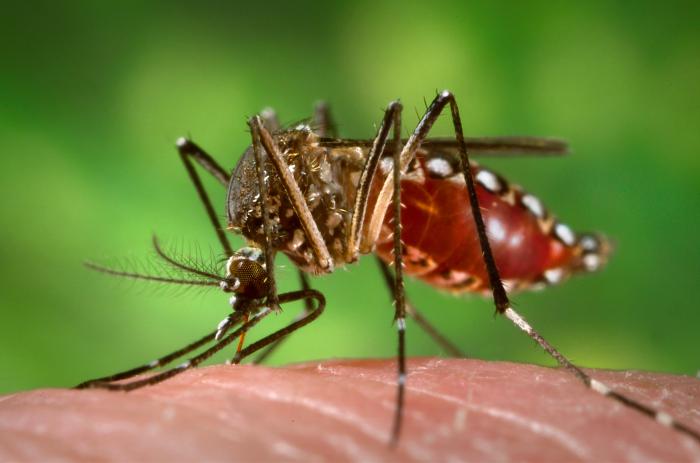Paper published: improved mosquito genome assembly
The paper describing the new high quality reference genome assembly for the mosquito Aedes aegypti, AaegL5, is now published in Nature.
Improved reference genome of Aedes aegypti informs arbovirus vector control (PDF)

This marks the culmination of a huge international collaboration called the Aedes Genome Working Group (AGWG), originally set up by Ben Matthews and Leslie Vosshall at Rockefeller University in New York. A total of 72 authors brought diverse skills to assemble and analyse the most complete genome yet for this insect, with 94% of the assembled sequence present on three chromosome-length scaffolds. The genome has already become a valuable resource for the mosquito community, and the data is available on VectorBase (including the new gene set consolidated with previous versions).
My contribution to the AGWG was as part of the team investigating the sex-determining M locus. Nearly the entire M locus is present in the new assembly, allowing its full sequence to be studied for the first time. I helped to analyse sex-specific coverage over the M locus and surrounding region, and provided the male-biased BACs that were sequenced for my previous M locus study to the Sharakhova lab at Virginia Tech to act as probes for fluorescent in situ hybridisation (FISH), allowing the physical location of the M locus to be placed on chromosome 1.
The Nature News and Views section has an excellent summary of the findings of the paper and their significance: Improved mosquito genome points to population-control strategies
Abstract
Female Aedes aegypti mosquitoes infect more than 400 million people each year with dangerous viral pathogens including dengue, yellow fever, Zika and chikungunya. Progress in understanding the biology of mosquitoes and developing the tools to fight them has been slowed by the lack of a high-quality genome assembly. Here we combine diverse technologies to produce the markedly improved, fully re-annotated AaegL5 genome assembly, and demonstrate how it accelerates mosquito science. We anchored physical and cytogenetic maps, doubled the number of known chemosensory ionotropic receptors that guide mosquitoes to human hosts and egg-laying sites, provided further insight into the size and composition of the sex-determining M locus, and revealed copy-number variation among glutathione S-transferase genes that are important for insecticide resistance. Using high-resolution quantitative trait locus and population genomic analyses, we mapped new candidates for dengue vector competence and insecticide resistance. AaegL5 will catalyse new biological insights and intervention strategies to fight this deadly disease vector.